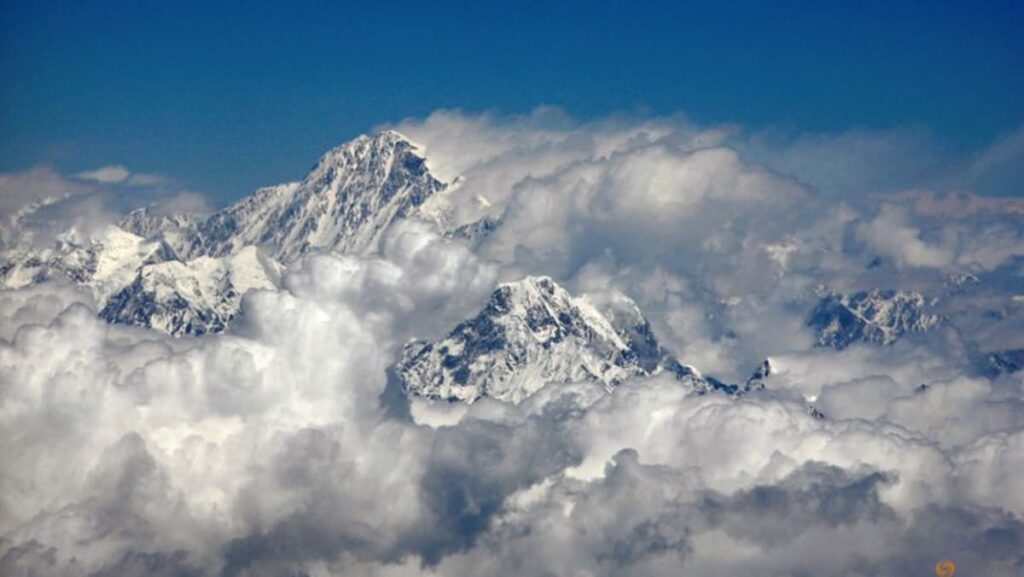“This research underscores our planet’s dynamic nature. Even a seemingly immutable feature like Mount Everest is subject to ongoing geological processes, reminding us that Earth is constantly changing, often in ways imperceptible in our daily lives,” Mr Dai said.
Earth’s rigid outer part is divided into colossal plates that move gradually over time in a process called plate tectonics, with the Himalayas rising following a collision between two plates.
Everest, also called Sagarmatha in Nepali and Chomolungma in Tibetan, is situated on the border between Nepal and the Tibet Autonomous Region of China. It was named for George Everest, a 19th century British surveyor in India.
“Mount Everest occupies a unique place in human consciousness,” Mr Dai said.
“Physically, it represents Earth’s highest point, giving it immense significance simply by virtue of its stature,” Mr Dai added. “Culturally, Everest is sacred to local Sherpa and Tibetan communities. Globally, it symbolises the ultimate challenge, embodying human endurance and our drive to surpass perceived limits.”
Read the full article here

